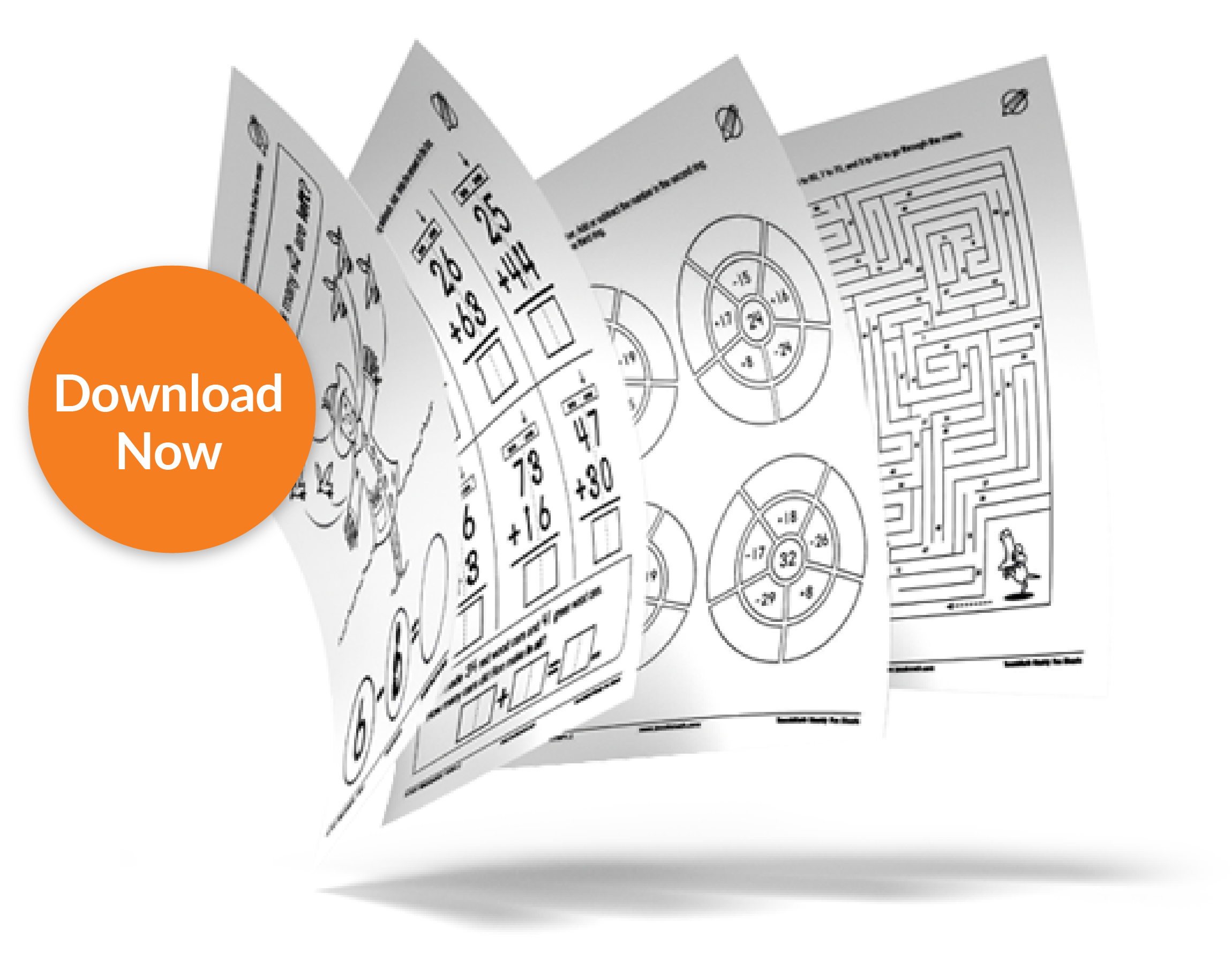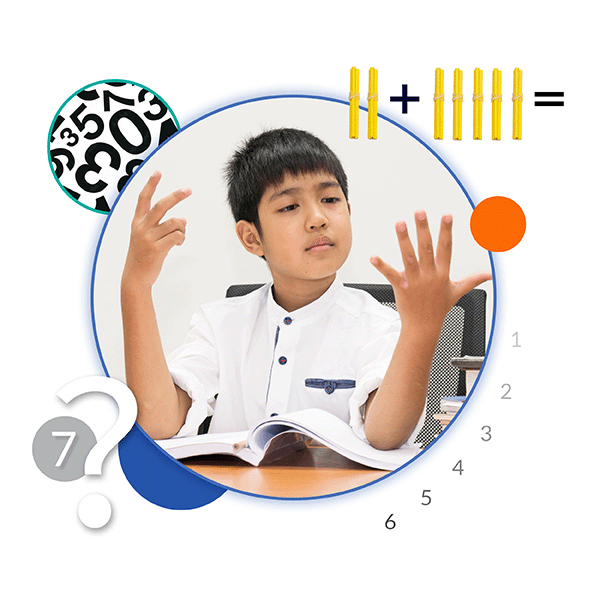Math is the Backbone of STEM and STEAM
According to the U.S. Bureau of Labor Statistics, STEM jobs are predicted to increase by nearly 800,000. Employment projections show a forecasted increase of 798,000 by 2031 and more than half (449,200) are predicted to belong to computer and mathematical occupations. As we continue to see the effects of situational learning loss due to the COVID-19 lockdowns, and math scores across the country not yet rising to meet pre-COVID numbers, how can we better prepare students now to step into these careers?
What is the difference between STEM & STEAM?
Arming students with the knowledge and skills required to navigate the complexities of an ever-evolving landscape is the promise offered by both educational approaches. STEM and STEAM represent Science, Technology, Engineering, and Mathematics, with STEAM adding an ‘A’ for Arts.

STEM, an interdisciplinary approach, seamlessly integrates the four disciplines that are its namesake and forms a robust educational framework that focuses on immersing students into real-world problem-solving situations. STEM places high value on fostering innovation, critical thinking, problem-solving, and collaboration.
But what benefits could adding another layer of depth to this learning experience have for students? Enter STEAM. STEAM takes the foundation of STEM and adds the Arts – visual, language, physical, and musical domains. STEAM education transcends traditional teaching methods by allowing students to experience the intricate mathematical patterns found in music, utilize visual art as a powerful tool to explore complex concepts such as relationships, magnitude, geometry, and three-dimensional thinking, and embraces Universal Design for Learning (UDL) principles through offering multiple modes of intake and expression, enriching the educational experience in a multidimensional and inclusive manner. This incorporation sparks students’ imagination and creativity, marrying them with the logic and rationality of STEM disciplines.
The debates between STEM and STEAM investigate whether the integration of Arts dilutes the core STEM focus or enhances it. STEM traditionalists fear potential distraction, while STEAM advocates champion the enriching presence of the Arts, stating it enhances the learning canvas with a stroke of creative brilliance.
Despite the differences, the common denominator remains the same – the shared emphasis on experiential, multisensory, hands-on learning. Whether it’s STEM or STEAM, both are devoted to creating rich learning environments that empower students with the skills to exceed in college and career.
Why is math so important in STEM & STEAM learning?
Mathematics holds a central position in both STEM and STEAM educational approaches, underpinning the other disciplines of Science, Technology, Engineering, and Arts. In both contexts, math equips students with critical analytical and logical reasoning skills, enabling them to make sense of complex problems and devise innovative solutions.
- In a Science context, these skills are crucial for understanding phenomena at both a macroscopic and microscopic level.
- For Technology and Engineering, math provides the foundation for creating and understanding complex systems, from computer algorithms to architectural structures.
- Even in the Arts, mathematical concepts such as patterns, symmetry, and proportions play a critical role in creating and understanding artistic works.
Therefore, regardless of the debate between STEM and STEAM, the importance of math remains unchallenged, proving it to be a critical pillar in preparing students for the demands of the future.
What are some ways to incorporate more STEM & STEAM into my math lesson planning?
There are numerous ways to incorporate more STEM and STEAM into your math lesson planning, which, if done effectively, can transform the learning experience for students.

- Project-Based Learning: Design projects that require students to apply mathematical concepts to solve real-world problems. For instance, students could be tasked to design a garden layout. In this garden you could have two tomato plants, two cucumber plants, and five giant sunflower plants. How many holes would the student need to dig? Which plants should go in front and which in back?
- Integration of Technology: Utilize technology tools like calculators and tablets or computers to enhance math learning. For example, students could use TouchMath PRO to continue their progressing through their math skills with the Skills Rainbow.
- Interdisciplinary Lessons: Collaborate with teachers from other disciplines to create interdisciplinary lessons that highlight the role of math in different fields. For example, in a science lesson on force and motion, students could use mathematical formulas to calculate speed or distance.
- Arts and Math: Combine math with visual arts, music, or drama. For instance, students could explore geometric shapes and symmetry in visual arts or investigate mathematical patterns in music compositions. For example, using the song “Five Little Monkeys Jumping on the Bed” to help with counting and subtracting.
- Math Games and Puzzles: Math games and puzzles, like Sudoku or hopscoth, can sharpen problem-solving skills and promote mathematical thinking in a fun and engaging way.
Remember, the goal is not just to teach math, but to enable students to see its value and application in the real world. By blending STEM or STEAM into your math lessons, you’re preparing students for a world where these disciplines are integral to their future successes.

About TouchMath

TouchMath is an evidence-based, multisensory approach to mathematics that can help students when other math learning solutions fail. If a student suffers from dyscalculia, they can still succeed in mathematics, and we have the resources to support you so you can better support them.
- Our Dyscalculia 101 page is your one-stop-shop for all things dyscalculia.
- Checkout our dyscalculia workshop sessions.
- Access our free dyscalculia screening tool.
- Download the full dyscalculia white paper by Dr. Sandra Elliott and Sam Wertheim, Doctoral Candidate.
We’re changing the way students experience math. Ready to talk interventions?
